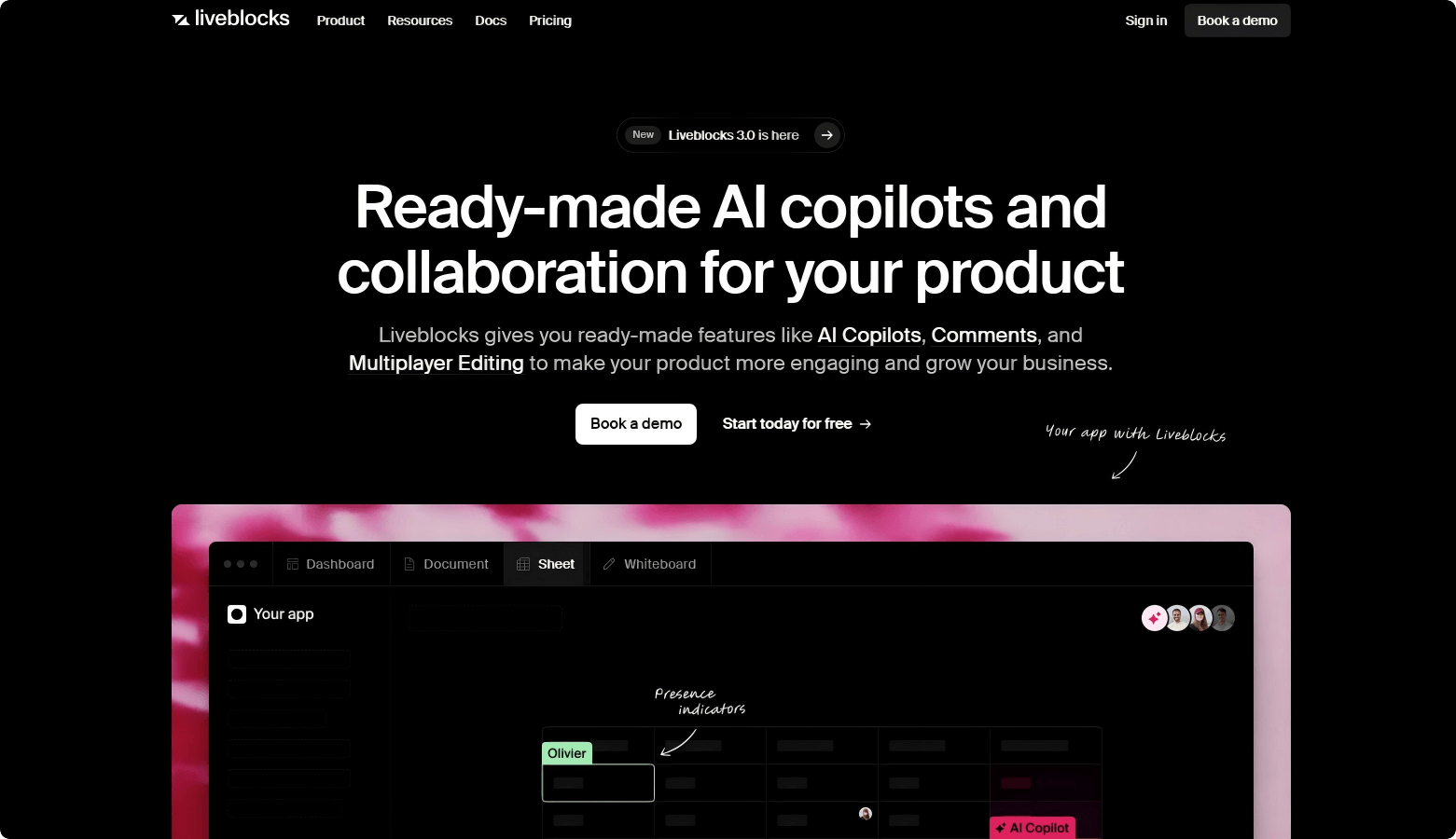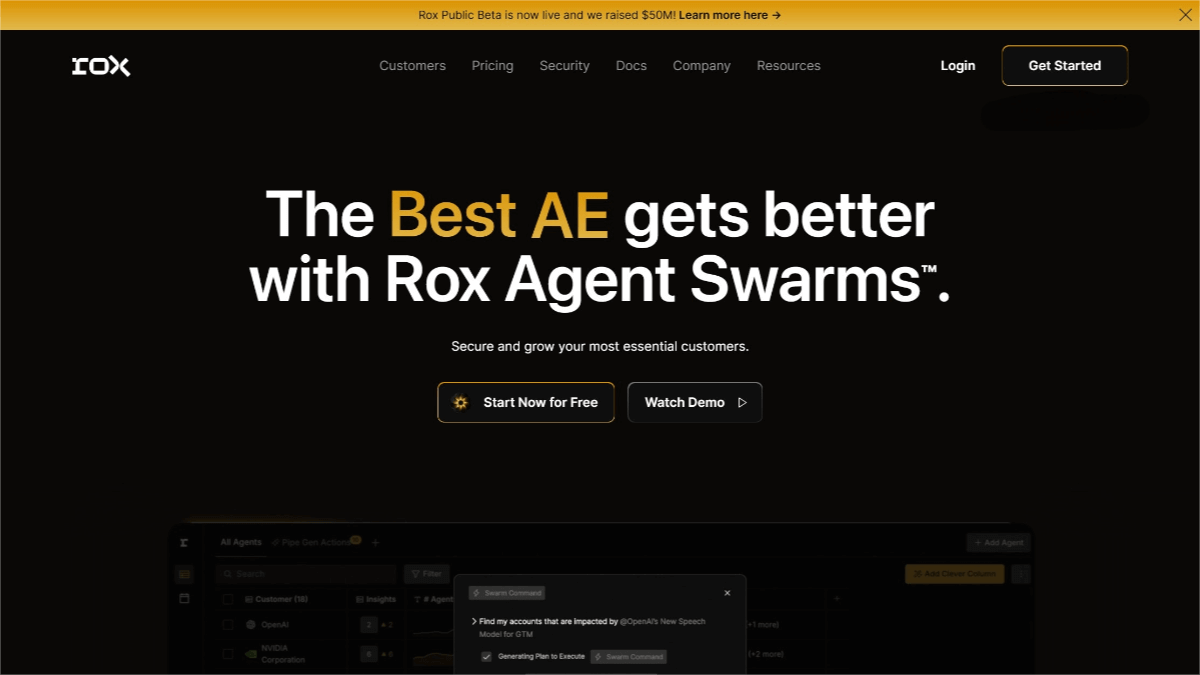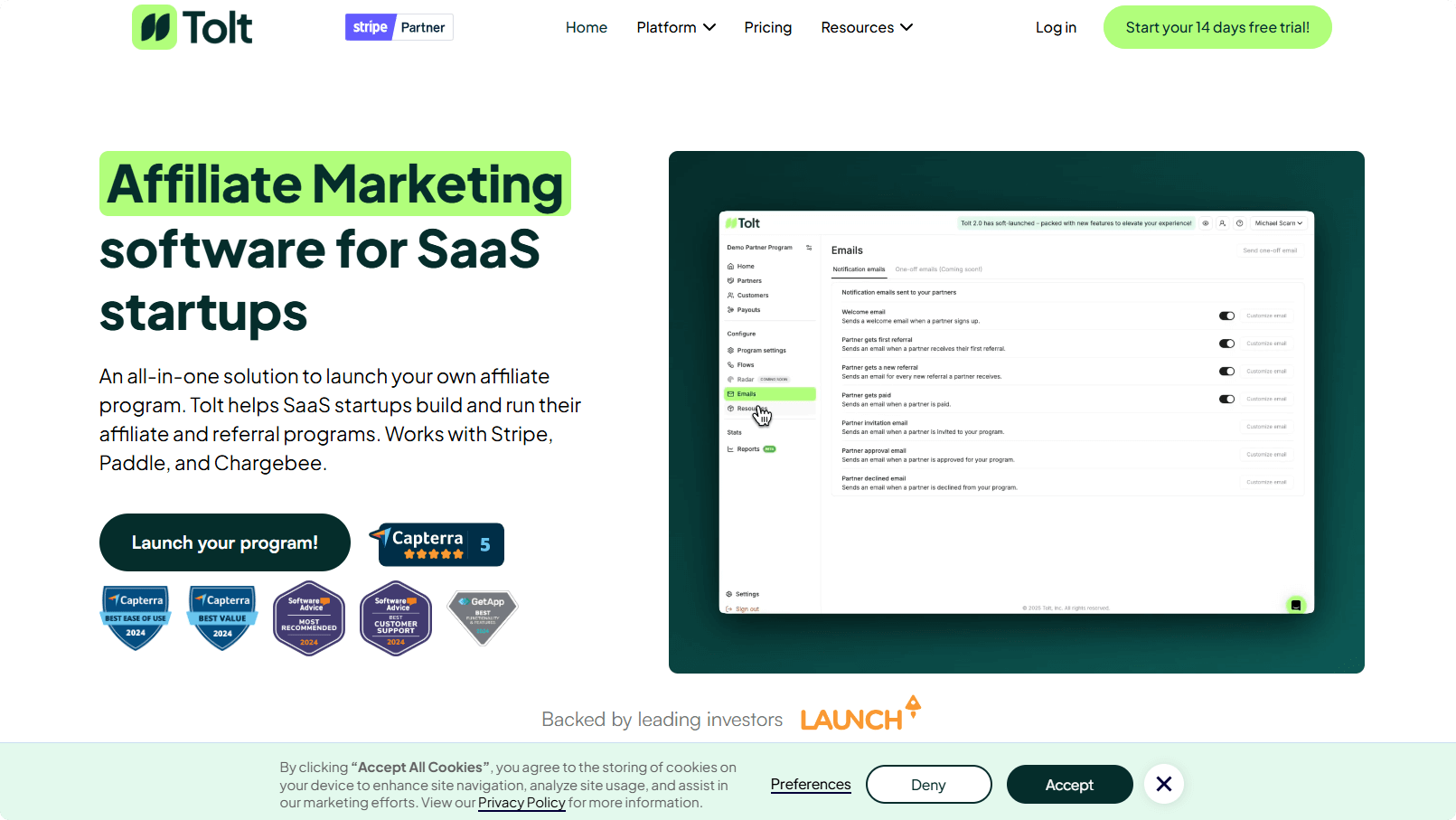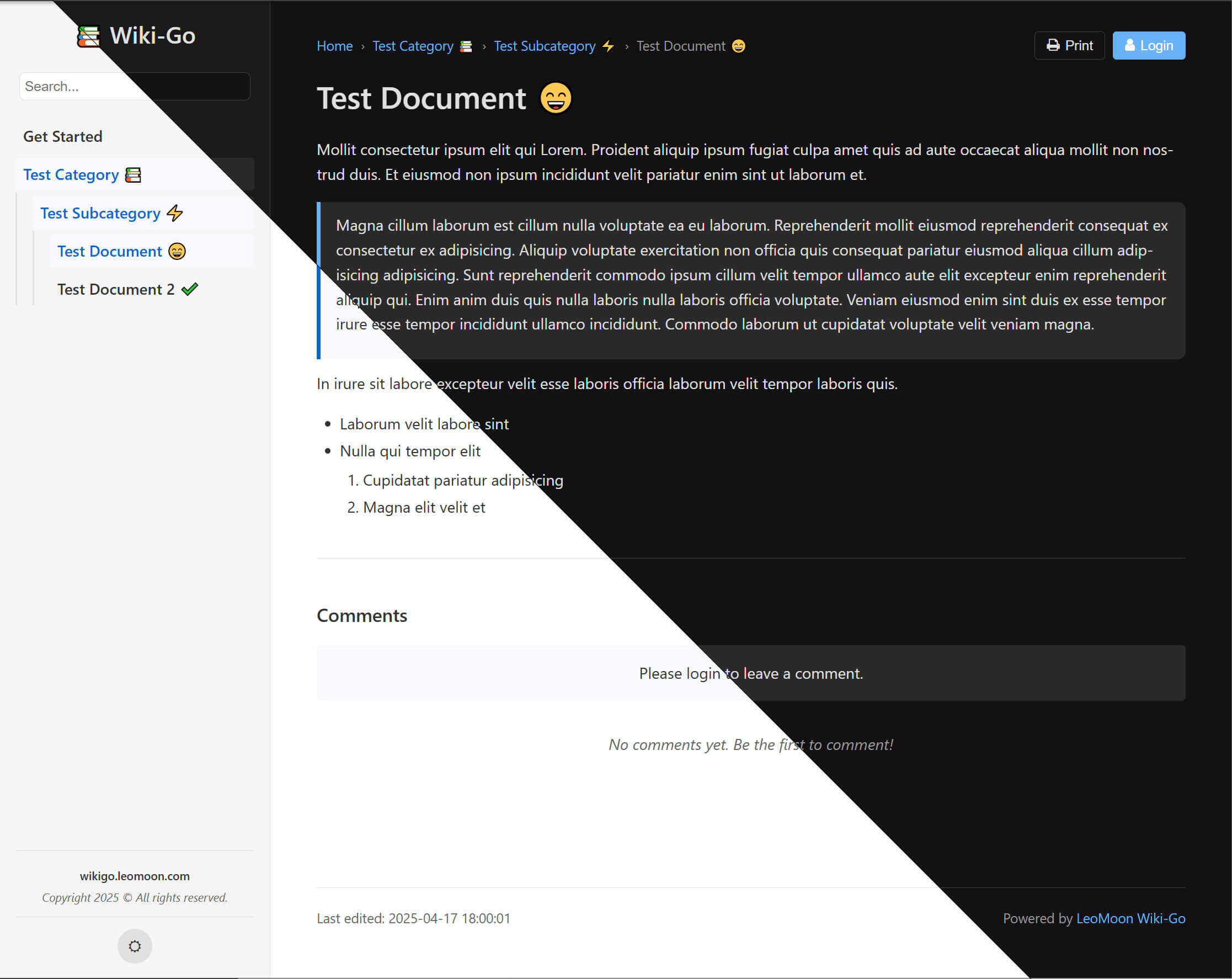OxyGent – A Multi-Agent Collaboration Framework Open-Sourced by JD Retail
What is OxyGent?
OxyGent is a multi-agent collaboration framework open-sourced by the Oxygen team at JD Retail, designed to help developers efficiently assemble multi-agent systems. OxyGent abstracts tools, models, and agents as pluggable modules called “Oxy,” supporting flexible combinations like building blocks, featuring extreme scalability and full-chain decision traceability. Based on a team collaboration style interface, developers can assign tasks as if communicating with real teammates, while agents automatically respond and provide feedback. OxyGent supports agent cognition visualization, performance profiling, and continuous evolution, enabling developers to rapidly build, deploy, and optimize multi-agent systems.
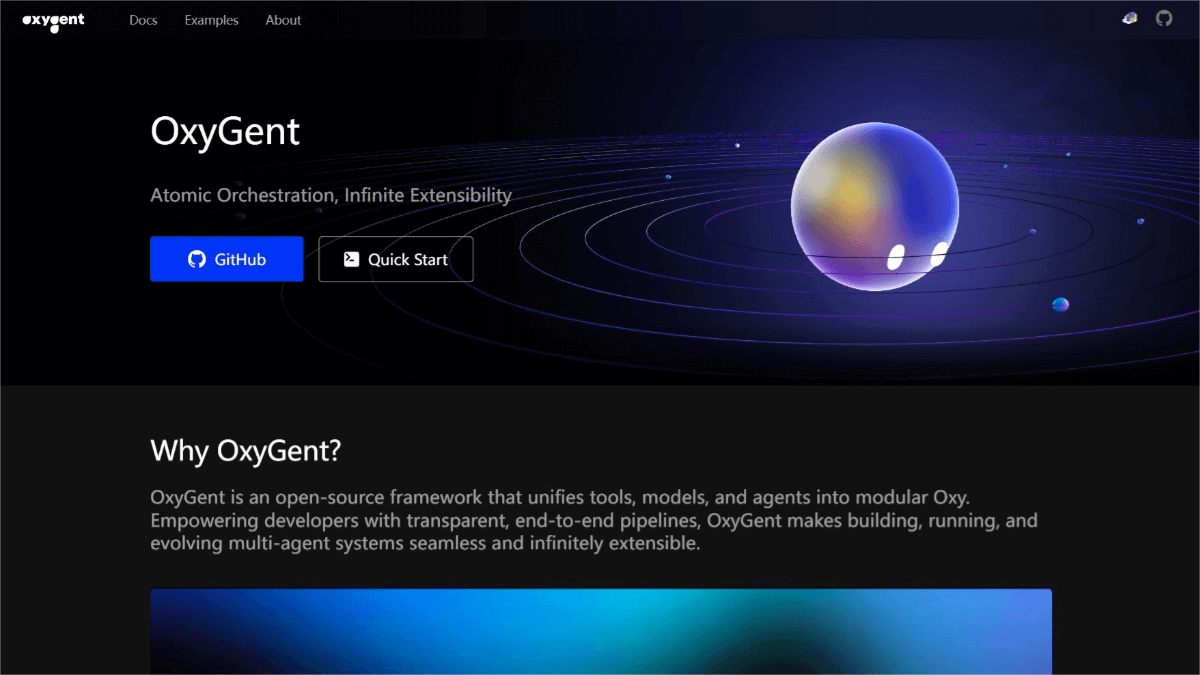
Main Features of OxyGent
-
Team Collaboration Interface: Using an interface similar to team chat, developers can assign tasks just like communicating with teammates. Agents automatically respond and provide results, enabling efficient collaboration.
-
Agent Cognition Visualization: Fully visualize agents’ reasoning paths from high-level strategies to atomic operations, supporting auditing and traceability to ensure transparent decision-making.
-
Multi-Agent System Performance Profiling: Built-in production-grade time tracking allows real-time visualization of agents’ time consumption, helping developers quickly locate performance bottlenecks.
-
Exploring Multiple Agent Possibilities: Supports replaying decision branches, resampling alternative inference paths, and large-scale stress testing to explore various agent behaviors.
-
Continuous Evolution and Self-Optimization: Built-in evaluation engine enables agents to continuously self-evolve through knowledge feedback mechanisms, optimizing the decision-making process.
Technical Principles of OxyGent
-
Modular Architecture: OxyGent abstracts tools, models, and agents as pluggable modules called “Oxy,” which can be flexibly combined like building blocks. Each module can be developed and tested independently, supporting hot swapping and cross-scenario reuse.
-
Dynamic Programming Paradigm: Agents intelligently decompose tasks, negotiate solutions, and adapt to changes in real time. Based on a dynamic programming paradigm, agents automatically adjust behaviors according to task requirements, enabling efficient collaboration.
-
Full-Chain Decision Traceability: Every decision step automatically generates traceable decision graphs similar to Git version control. This supports auditing and backtracking, ensuring transparency of agent behaviors.
-
Distributed Architecture: Underlying elastic architecture supports arbitrary agent topologies. Through automatic dependency mapping and visual debugging, it optimizes the performance of distributed systems.
Project Links
-
Official Website: https://oxygent.jd.com/
-
GitHub Repository: https://github.com/jd-opensource/OxyGent
Application Scenarios
-
Automated Office Work: Using agents to assign and manage tasks for document processing, email classification, scheduling, and other automated office workflows, improving work efficiency.
-
Document Processing: Agents automatically generate document content, assist editing, or perform document review and proofreading to ensure quality.
-
Code Generation and Optimization: Agents generate code snippets or complete programs based on requirements, analyze code performance, and provide optimization suggestions to boost development efficiency.
-
Intelligent Customer Service: Agents automatically answer customer queries, provide instant support, or multiple agents collaborate to handle complex issues, enhancing customer satisfaction.
-
Data Analysis and Decision Support: Agents automatically collect and analyze data to provide decision support or conduct forecasting and modeling based on historical data.
Related Posts

